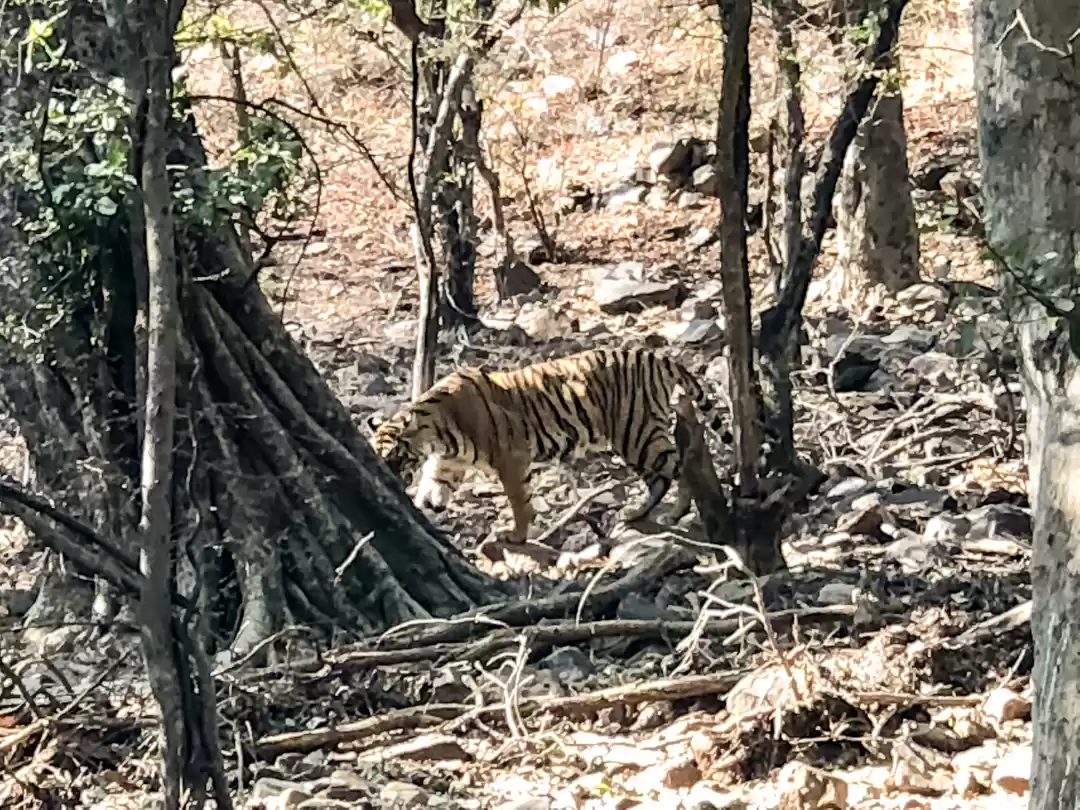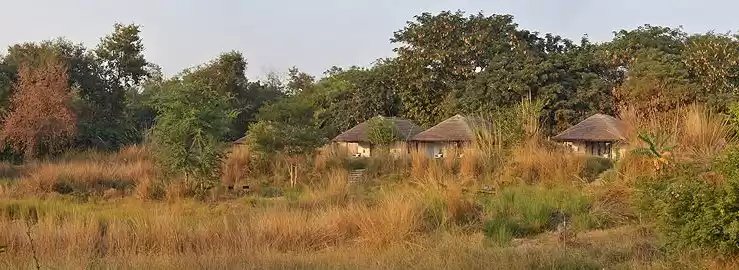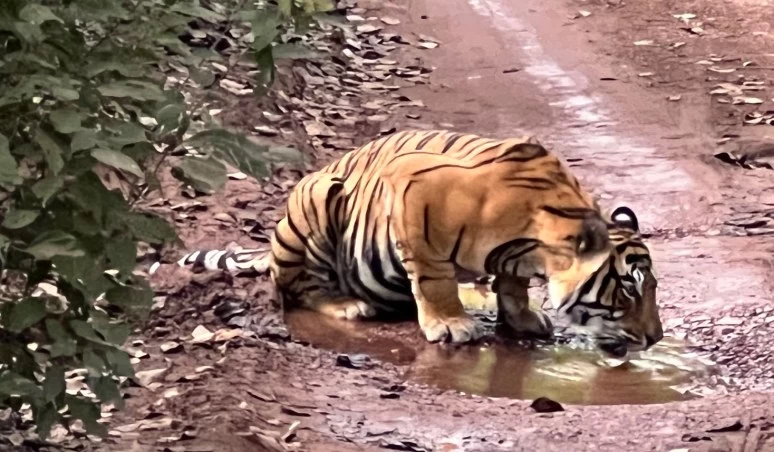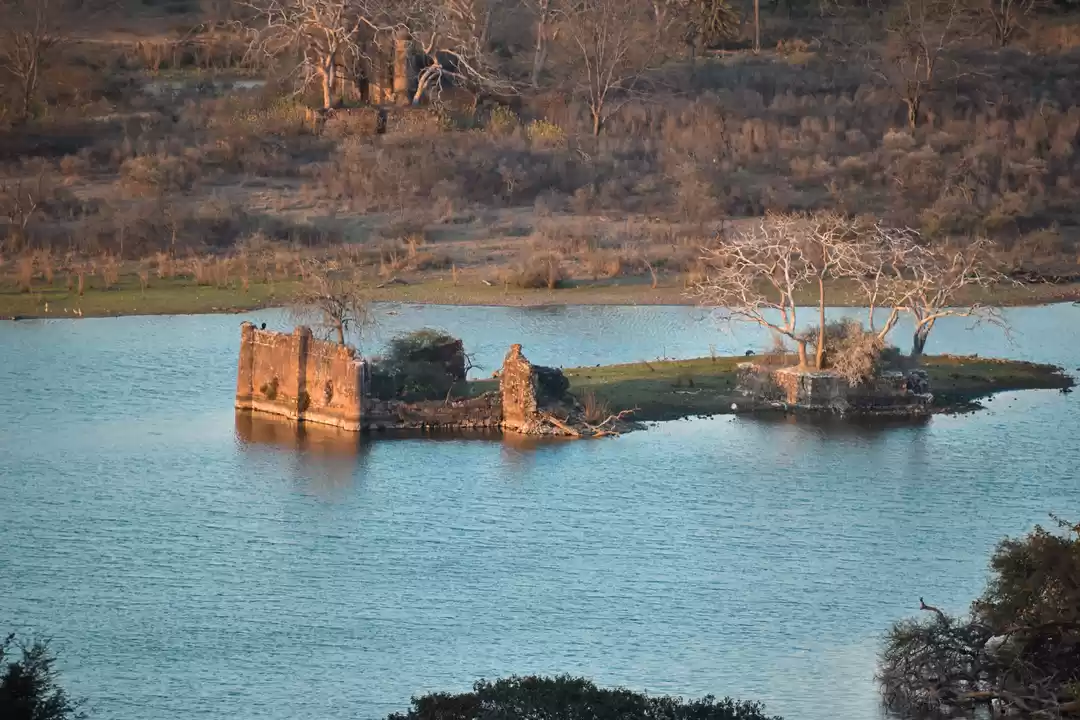Ranthambore Tiger Reserve in Rajasthan, India is what Serengeti or Masai Mara is to Africa! It served as the hunting grounds of the erstwhile Rajput royals and is rife with century-old palaces, forts and temples.
Here are our top suggestions on all you can do in Ranthambore apart form sighting the big cats.

1. Take a walk up to the Ranthambore Fort:
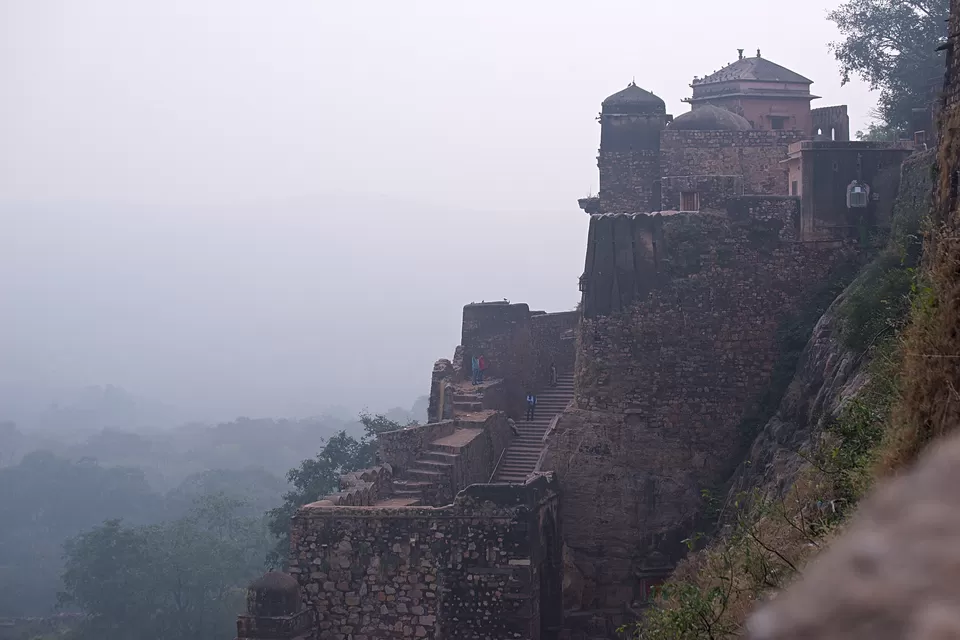
The crumbling fort looms above the forest boasting a superb view over the beautiful zone 3. Besides wildlife lovers, the park also draws nature lovers and history buffs to the ruins of the 10th century fort, a colossal citadel founded in 944 by the Chauhan Rajputs. You can tour up the fort listening to the stories of Alauddin Khilji and Akbar who led massive attacks on the fort. Built atop a 700-foot-high hill bounded by bastions and turrets, the complex inside has traces of architectural marvels. Palaces, cenotaphs, tanks, pavilions, nach-ghar, resting room of the Kings and temples lie scattered among a network of lanes and courtyards. The fort ruins owe their beauty today to the plants and scrubs climbing up the crumbling walls. The hotels can organise guided trips to the fort.

2. Visit the Ganesh temple
Inside the fort is a Ganesh temple and is said to be the most revered idol of Rajasthan. The thrinetra or the three eyed Ganesha is said to listen to the prayers of the villagers who come longing for a village property, marriage within families or other happy beginnings. Pilgrims of all ages, climb up steep stairs and walk down the entire complex to offer prayers to the Ganesha temple which is at the far end of the fort.
3. Enjoy staying at a forest retreat

Inspired by the shikaars of the colonial era, there are many beautifully designed camp and luxury retreats close to the forest area. Canvas tents or spacious rooms with handcrafted rosewood furniture, animal-print textiles and luxurious bathrooms and forest views make for a comfortable wildlife retreat. After a long day of safari, splurge on the spa sessions and enjoy the barbeque or drinks by the fireplace. Savour local cuisine prepared using organic ingredients most of which is grown at the backyard and as the night falls, enjoy evening bonfires whilst stargazing.
4. Understand the forest better

Tracking a tiger in the wild can be unbelievably frustrating at the same time fulfilling once sighted. Sighting during the day is difficult with the lush forest providing the perfect camouflage. More so tigers are nocturnal hunters and their day kicks off post sunset. While the tigers are getting started or prowling around, observers alert the other denizens of its danger. That's the alarm call of peacocks, monkeys, chital and confirmed by bark of the sambar deer which can be heard over long distances. A careful examination of pug marks can reveal which animal has left the trail. As you track the tiger, the language of the forest and the game of anticipation entrails you. This experience will show you that the forest is more than just the big cats.
5. Cruise down the Chambal Gharial Sanctuary

About an hour away from Ranthambhore is the Chambal gharial sanctuary. The waters of Chambal sanctuary are fringed by lush vegetation and a plethora of avians and other amphibians and aquatic animals. Khemvillas run a private river safari in an 8 seater bayliner, adding on to the experience of a river cruise. The government has declared it as a National Park to save the rare crocodile know as the gharial. Once found in freshwater river systems, now the critically endangered gharial shows up in India and Nepal. Besides the rare gharials, you may also see the Indian skimmers, and turtles, smooth-coated otters and Gangetic dolphins. Around the wetlands its terrestrial mammals like wild boar, blue bull, porcupine, hyenas and golden jackal are often sighted. Don't forget to carry your camera if wildlife photography brings in happiness. Also, sign up for an early morning river safari if bird watching is on your list.


6. Opt for guided nature walks
As most stunning properties are located within the reaches of the forest fences, interesting would be to go for a guided village walk. My vacation stay at Fateh's retreat offered a walk along the forest area. The guide spotted the grassy trail where a few weeks ago he saw and photographed a tiger. We could spot a sambar deer and spotted deers grazing. Walk along the green sprawls of guava and amla trees that grow in plenty in Ranthambore. It is likely you'll hear the inspiring tales of Fateh Singh Rathore, responsible in resettling villages that were inside the forested area and today aptly referred to as the founding father of Ranthambhore for helping put the park on the Tiger Map of the World.
7. Discover the photographer in you

Ranthambore is the only forest in India that conjures stories of kings and queens, raging wars, attacking armies, and still kingdoms lived unperturbed by the forest backdrop. With its diverse landscape, beautifully spread out vegetation leading to easy tiger sighting, and the wonderful light makes the forest one of the best wildlife photography destinations in India. Zone 3 interspersed by Rajbagh palace, Jogi Mahal, Padam Talao, oldest banyan trees forming a natural canopy and towering trees designing green corridors on the trail are some elements that catches a photographer's eye.





Besides tigers, if thinking of fun filled family vacation packed with unforgettable experiences and countless pictures for Instagram, fly to Ranthambore.
Tour Information
For doing the river cruise on an 8 seater new Bayliner Boats. Contact Khem Villas who run this tour exclusively. Nature walks led by resident naturalist guides around the property are also organised.
Zone-wise safari bookings are mostly done online or arranged by the hotel with prior notice.
Zones 1-6 are the major zones that one should book. They are closed during the rains between July and September.
Camel cart rides, craft walks through the village and puppeteers show and cultural program are on offer by most resorts and hotel with prior notice.
For more stories on Indian travel and mindful retreats sign up for Tripoto.


















